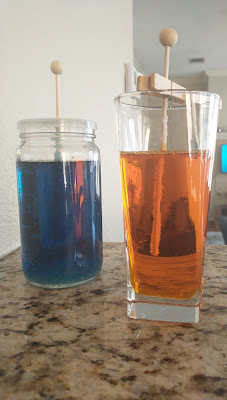Hi guys, today I wanted to share with you how we included Islamic Studies and Quran during our water unit study.
Here are some of the books we used
Tafseer of Surah Kawthar we listened to. We always do a puzzle together or color when we listened to any lectures together. This keeps their hands busy and they can listen better.
Quran Journal page
Vocabulary practice
We read about the Story of Nuh (AS) using Prophet's of Allah unit study.
We also read The Prophet's Pond by learning roots.






















































